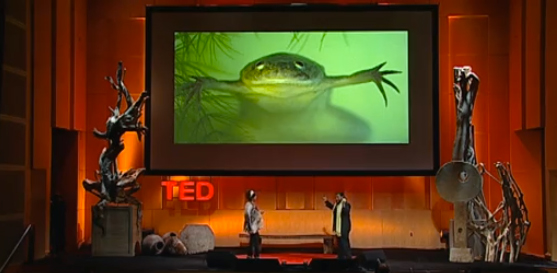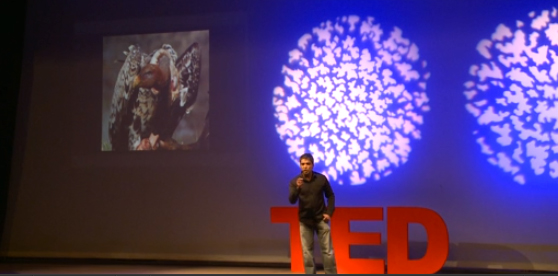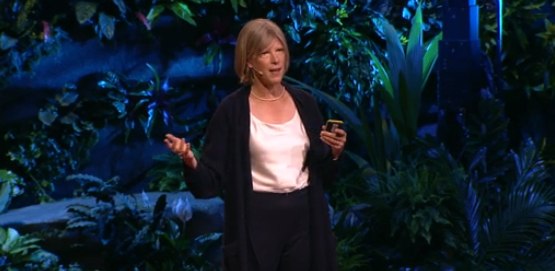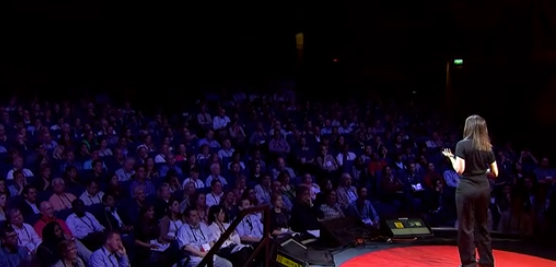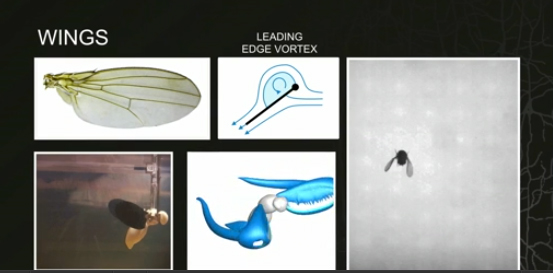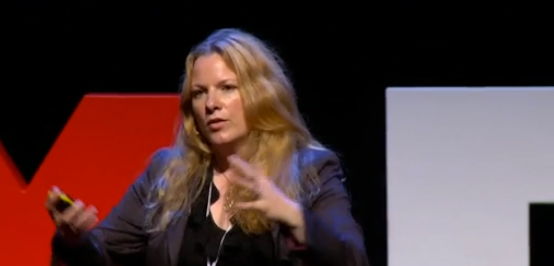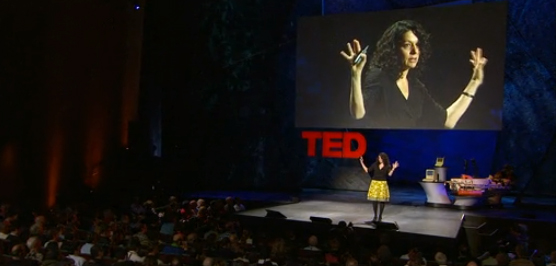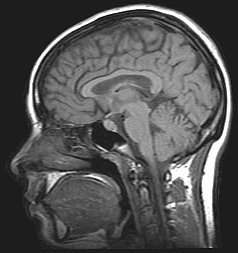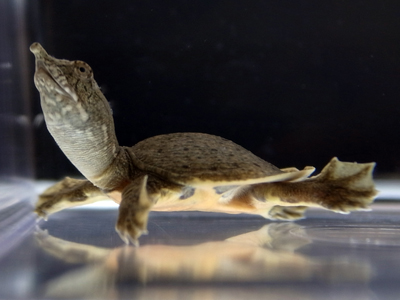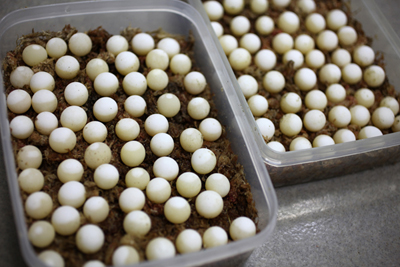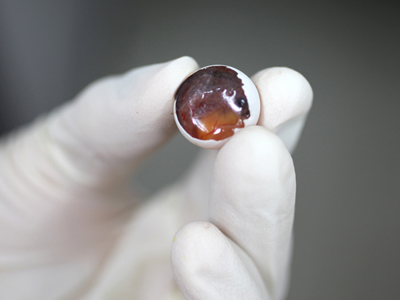An interview with Marianne Bronner
Posted by the Node, on 23 August 2013
Marianne Bronner is a developmental biologist at the California Institute of Technology. At the International Society of Developmental Biology (ISDB) meeting in 2013 she was awarded the prestigious Conklin medal for her work on the cells of the neural crest. The Node interviewed Marianne at the ISDB meeting and asked her about her fascination for the neural crest and her passion for mentoring.
 You initially trained as a biophysicist. How did you first become interested in developmental biology?
You initially trained as a biophysicist. How did you first become interested in developmental biology?
I really liked physics, chemistry and maths and only took one undergraduate course in biology. I majored in biophysics because that was the only option that incorporated all the things I wanted to do. After my undergraduate I wanted to a PhD, but didn’t know on what. I applied for programmes in biophysics, thinking I wanted to be a structural biologist. Because I had done so little biology, I had to take many biology courses when I got to graduate school. One of the courses I took was developmental biology and I learned about the work of Nicole LeDouarin and her beautiful quail-chick chimera experiments. I found it all fascinating, but I particularly gravitated towards the neural crest. There are times in your life when you go from being incredibly naïve to suddenly saying: ‘that’s it’. That was my moment, and I have worked on it ever since.
Your lab has worked over the years on different aspects of the neural crest. What do you find fascinating about it?
Everything! Initially I was mostly fascinated about how these cells could give rise to so many different derivatives, their multipotency. It relates back to the central question in developmental biology – how do you generate a complex organism from just a single cell – but I viewed it as a simpler system than the embryo as a whole. My initial experiments aimed to find out if single neural crest cells were multipotent or whether there was a mix of determined and undetermined cells in the neural crest.
However, there are certain questions that you really want to address, but the technologies to address them are not available. I worked on the lineage questions as far as I could but then realized I was stuck and couldn’t go much further. I got interested in migration, which is also fascinating- how the cells move to particular locations, and how their fate is linked to where they go. I started working on the interactions between neural crest cells and the extracellular matrix, analyzing pathways of migration. Later on, when more tools were available, I went back to the lineage question.
You have used a variety of model organisms to study the neural crest: from more standard models like Xenopus and zebrafish to lampreys and amphioxus. Why do you use such a range of models?
I started most of my work in chick, and my initial work on the neural crest was very vertebrate specific. I used Xenopus and chick because they were easy to manipulate. Around 1990 I started teaching at the embryology course at Woods Hole, and as I sat through the lectures of other people I realized that my focus had been quite narrow. This course looks at organisms ranging from simple marine species to mice and it got me thinking about evolutionary questions. The fascinating thing about the neural crest is that it is a vertebrate specific cell type. Why did these cells suddenly arise in the vertebrate lineage? To address this question I had to look across chordates, so I decided to work on a basal chordate and a closely related, non-vertebrate chordate.
At Woods Hole I met David McCauley, who was very interested in evo-devo and came to work for me. We decided to start working with lamprey, but this was not easy: lampreys are not genetically-tractable organisms, live in large deep lakes, and like salmon they swim into the streams where they were born, lay their eggs and die. You can’t exactly grow them in labs! David went up to the Great Lakes every year to collect embryos and did some basic embryology. Then we discovered FedEx, and we started setting up the lamprey system in our own lab. Another postdoc came to work on this project, Tatjana Sauka-Spengler, and she really took the lamprey into the genomic age: making cDNA libraries, BAC libraries and so on.
By this point were looking at the gene regulatory networks that define neural crest and we wanted to know how the gene regulatory networks in lampreys compared with those in other vertebrates. We found that most of these networks were already conserved all the way down to lamprey. But when we looked at the non-vertebrate chordate, the amphioxus (which does not have neural crest), the group of genes that were important for neural crest specification were present in the genome, but were not expressed in the presumptive neural crest region. We concluded that this is where the transition occurred.
What are the scientific questions that you are excited about? What directions do you want to go in with the neural crest?
I feel like I am asking the same questions I always have, but the way we can approach them now is much more sophisticated. For the last decade I have been trying to understand, from a gene regulatory perspective, how you make a neural crest cell: how a cell is first formed at the neural plate border, why it comes to reside within the dorsal neural tube and why it then migrates out of the neural tube. Now I want to try to understand how the cells decide whether they should become cranial facial cartilage, or neurons, or something else. I would like to do that by analysing the gene regulatory circuits that act during late cell migration and as cells terminally differentiate. People have looked at the very end point in the differentiation networks, and I have looked a lot at the beginning points, but that middle territory is still unexplored. We are already doing a lot of transcriptome analysis to identify all the players that come on during those times, and we now need to figure out what their function is and how that they fit into a circuit.
You have said before that your achievements in mentoring are those of which you are most proud. Why is that?
My concept of how to run a lab has been based on how to raise my children. I think you get a lot more out of people by loving them. I also feel like I owe the people who work for me a debt of gratitude, for all their hard work, and I try to help them becoming the best kind of scientist they can be. Everybody has different abilities: some people are very independent right from the start and can go off and build their careers, and others need a lot of guidance and help. I feel like I am a good mentor and I’m able to take people at many different levels and help them along the right pathway. In some cases that is just giving someone a nice environment where they can work in and do whatever they want. In other cases I really try to guide people and say: ‘at this point in your career you should do this’. When I look back at the people that I’ve trained, I see that some are doing similar things to what I do, while others have gone in different directions. I feel that I helped them getting where they are and that is extremely gratifying.
You seem to enjoy the mentoring process. Did you have a particularly inspiring mentor?
Surprisingly no- I was anti mentored! I think there are two different ways to learn how to be a good mentor: one is to have had good mentoring, and the other is to not. It is not that I didn’t have good mentoring- I just came out of nowhere. I would not recommend any career decisions that I have made.
I applied to grad schools together with this boy I was dating at the time, and I decided where to go based on where he wanted to go. We broke up within a year, and the school I went to was terrible for me: it was extremely sexist at that time, and I was one of the very few women in the biophysics programme. I then went on to work in a lab where the PI was horrible and very sexist too. I almost dropped out of research: I applied for a teaching job but did not get it. I was so disappointed that I decided instead to change labs.
I discovered I wanted to work on the neural crest and I moved to the lab of Alan Cohen. He was a very nice guy, but he had already decided he didn’t want to do science anymore and was going to med school. He was not around, but it was a permissive environment- I got on with my work and learnt most of what I needed from other people in the lab. I got my PhD fairly quickly, but since I didn’t have any mentors, I didn’t have people to write job recommendation letters for me. Malcolm Steinberg, who was at Princeton, was probably the closest thing I had to a mentor. He was a really good scientist and took a liking to me, so he wrote my job letters.
I got my job at UC Irvine not because of anything I had done but because they wanted to hire my husband. I took a non-tenured track job there, which really wasn’t a smart move, because it was very hard to convert it to a tenure track position (although luckily some great colleagues at Irvine helped me to do that later). I was right out of grad school and I had no postdoctoral experience. I didn’t really have anyone to rely on, which is maybe why it is so important to me to be a good mentor to others. I have learnt so much by trying different things and making mistakes that now I have a rather large body of knowledge about what not to do.
You say that you would not advise anyone to make the same decisions that you have, but do you have any advice for young scientists?
You have to be happy. So when picking a lab, either for graduate school or for a postdoc, make sure that you can get along with the lab head. Make sure they are a strong mentor who supports people, not only when they are in their lab but also after they have left. Secondly, look at the environment in general, and make sure that you like the other people in the lab, not only the PI. You are going to be spending 4 years or more at this place, and you want be happy there. Choosing the right place is really important.
Choosing the right question is equally important. You want to find something that grabs you and that you will be happy working on for quite a long time, but it should also be something tractable. There are some questions out there that are extremely interesting but so difficult that they can discourage you.
Finally, make a network. Find people that can help you in addition to your mentor: it could be your peers or other faculty members. Getting lots of feedback on your work, especially from people that can give you a big picture view when you are in the middle of your experiments and really detailed oriented, is very helpful and it can help you correct your course and save time.
In the last year you had your work in cell biology recognised by the ASCB, and now, here at the ISDB, you won the Conklin medal. What do these prizes mean to you?
I am so thrilled- I have never won anything before! I’m particularly grateful because I know that one of the reasons I am getting recognition is thanks to the people I have trained. They are starting to move up in the faculty ranks and as they appreciate what I did for them, they are helping me get these awards. I am really happy, very grateful, and very touched. It is a lot of work to put together these nomination packages and it means a lot to me, especially because it has come from them.
What would people be surprised to find out about you?
I was born in Europe and I escaped from Hungary when I was 4 years old. My parents are holocaust survivors, and probably a big reason why I like mentoring is because I feel like I have to give back.


 (8 votes)
(8 votes)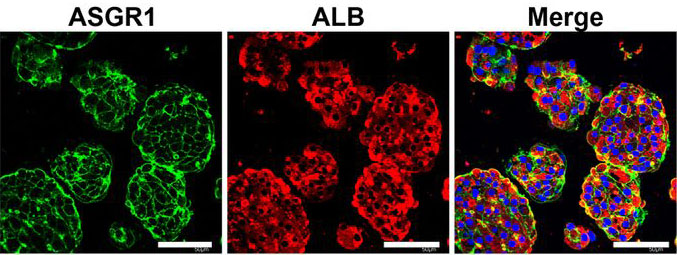
 (No Ratings Yet)
(No Ratings Yet)


